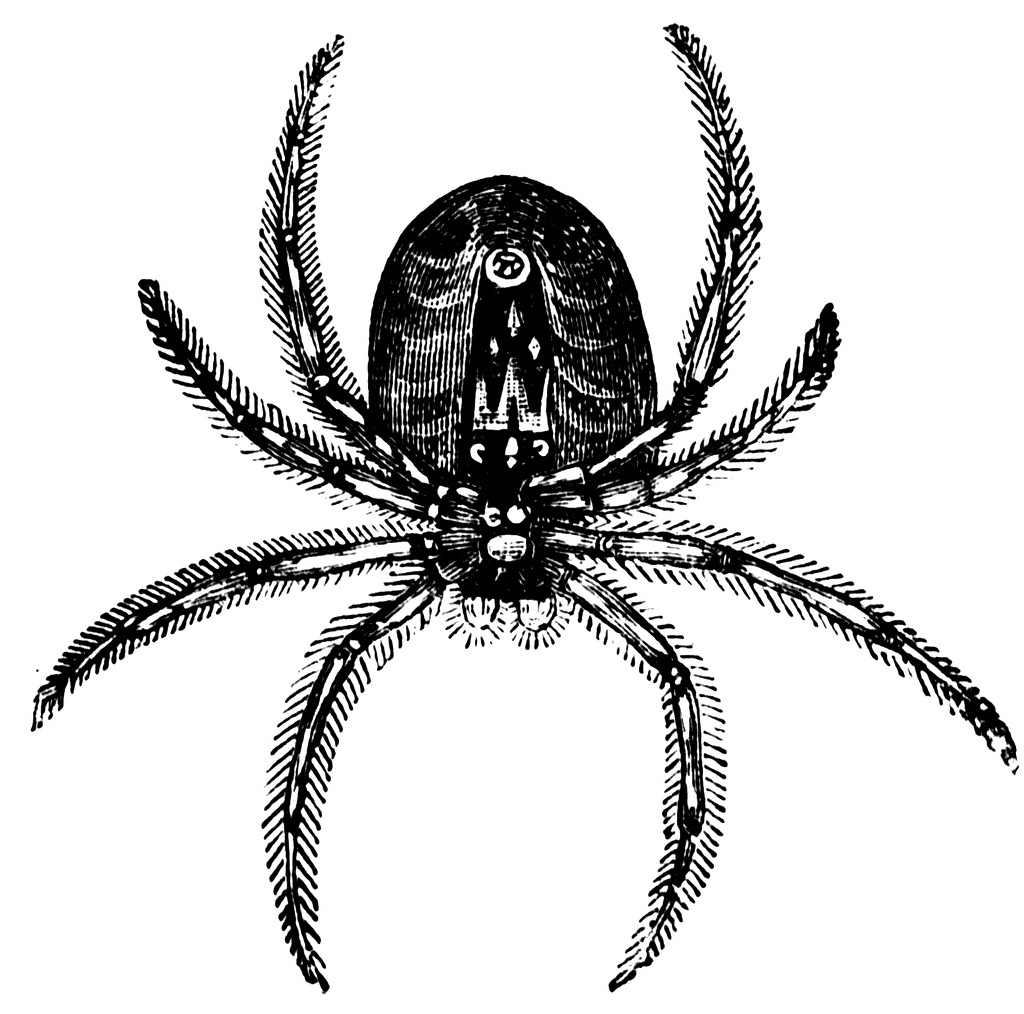 By Tina Mitchell
By Tina Mitchell
Spiders too often get a bad rap in mainstream Western culture. “They’re aggressive.” Unless you’re an insect, most try just to avoid you. “They want to bite you.” No, only if you give them no other choice but to defend themselves. And while spiders have fangs, many are not long enough to pierce your skin. “They’re dangerous.” Although all spiders have venom, only a few in Colorado (e.g., western or black widows) can deliver a bite that might require some medical attention. “They invade my house in late summer.” Actually, some species live outside of structures; others live inside structures. Those in your house have likely been there all along. You just see them more often then as mature males scurry around looking for females for mating.
Spiders reproduce from eggs that usually develop within a sack made of tough silk. Newly hatched spiders (spiderlings) closely resemble teeny adults. After hatching, many climb to the top of nearby objects, produce and cling to long filaments and float away on a breeze – a long-distance dispersal method known as ballooning.
All spiders live as predators, feeding on insects and smaller fellow arachnids. (Note that spiders are not insects.) Often spiders serve as the most important biological control of insect pests in gardens, fields, forests and homes. They’re not picky about what they eat; as generalists, spiders keep constant pressure on all insects. Consider giving them your thanks.
One of the most fascinating aspects of spiders is their silk, the protein fiber they spin. All Colorado spiders can produce silk – as many as seven different types of silk – which they use to capture and immobilize prey, protect their eggs, cover large distances or create shelters, among other things. Yet spiders are a diverse group and their habits vary. Many spiders (e.g., crab, wolf and jumping spiders) simply stalk or ambush their prey. Some spiders create webs primarily to signal that prey is near. For example funnel weavers, among the most common Colorado spiders, make sheet webs with a silken tube or funnel where the spider hides. When the web is disturbed, the spider darts out to capture its prey.
[InContentAdTwo] Finally, some spiders construct sticky webs to catch prey. Comb-footed spiders build irregular tangle webs (cobwebs) to capture prey. (Their name refers to a row of bristles on their hind legs that they use to manipulate the silk they produce.) The orb-weaving spiders – the engineers of the arachnid world – make the intricately patterned webs you see among garden plants or near lights on buildings. Many webs span gaps between objects the spider could not cross by crawling. Instead, it first produces a fine adhesive filament that drifts across the gap on a slight breeze. When it sticks to a surface at the far end, the spider feels the change in the vibration and begins to create the web, using this filament as a bridge. It drops two anchor lines, one from each end of the bridge; where these lines cross becomes the center of the web. Creating spoke-like strands that stretch from the center of the web (radials), the spider ensures the distance between the radials is small enough to cross – in effect, using its own body for measurements. After completing the radials, the spider starts on the connector silks between the radials. Ever the tiny engineer, the spider ensures that the angles between the radials and connectors are the same throughout the web. Once the web is complete, the spider waits, one foot on a signal filament that transmits vibrations, for a meal to arrive.
Fear of spiders pervades our society. But this reaction is far from universal. For instance, the Ojibwe speak of Spider Woman, who guards children and gives rise to the protective charms of the web-like dreamcatcher. Iktomi, the spider in Northern Plains tribes’ tales, often behaves in counter-normative ways and plays a trickster. In Navajo stories, Spider Woman taught the Navajo to weave on a loom. No Spider Woman, no marvelous Navajo tapestries. So if you’re not currently a fan of spiders, let’s work on that attitude. They’ll happily eat annoying insects in your house such as mosquitoes, flies, roaches, earwigs and clothes moths. As all-natural assistance to keep garden pests in check, spiders arrive eager to play their role. Okay, they’re leggy and erratic, with a fang or two. But gram for gram, no creature better patrols its territory to help maintain nature’s checks and balances.
After a quarter-century in Colorado, Tina and her family recently migrated to Southern California, where she’ll spend the next quarter-century trying to remember that the mountains lie to the east.


